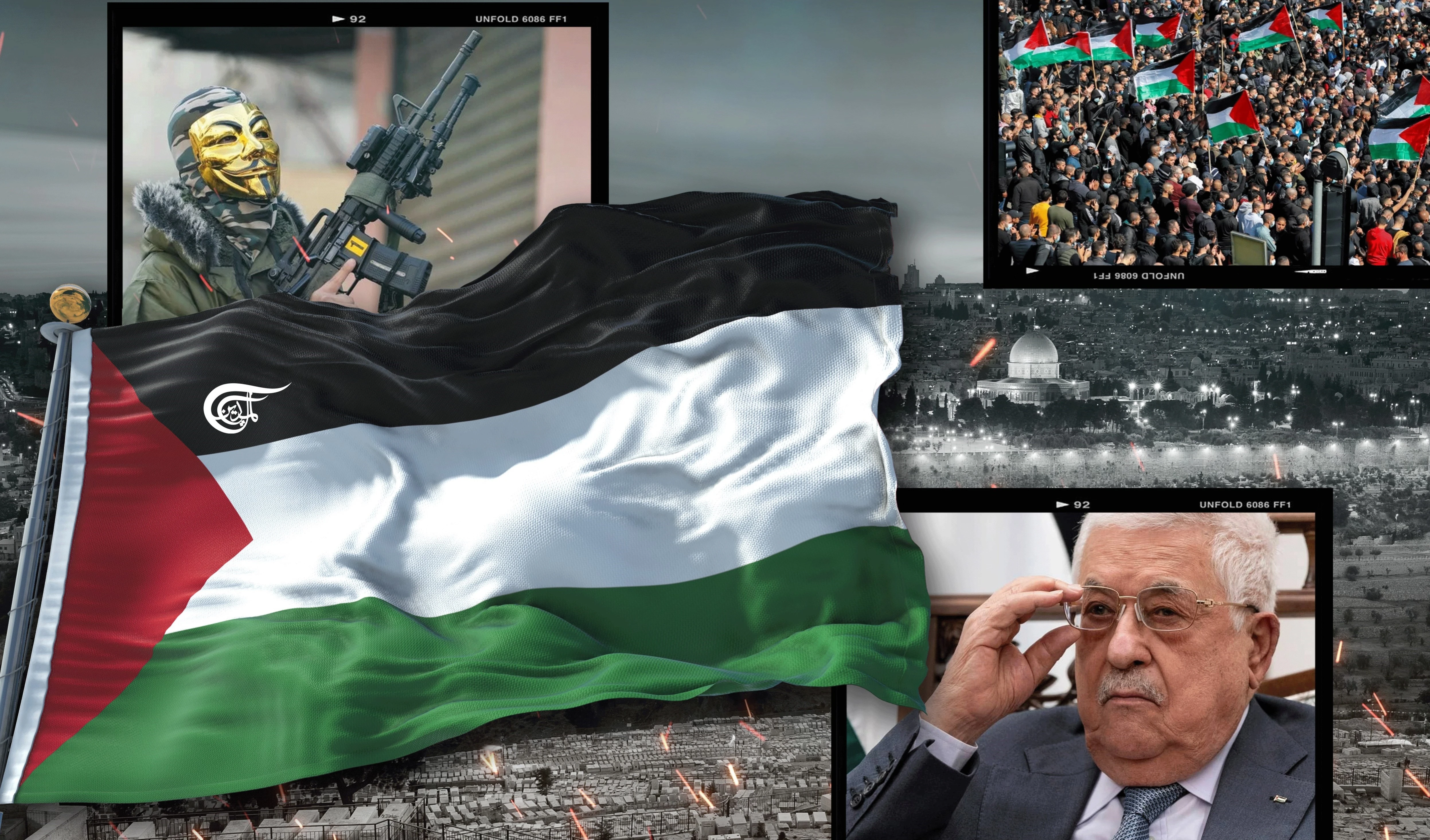A new Israeli aggression against Gaza
The Israeli military and intelligence circles are carefully watching the progress that the Palestinian Resistance movements are making in terms of military and technical capabilities over the past years.
-

A new Israeli aggression against Gaza
On Friday, August 5, the Israeli occupation army started a new assault on the Palestinian Resistance movements in Gaza. This time the aggression was focused on the Palestinian Islamic Jihad Movement (PIJ). Under the pretense of curbing “imminent threat” by PIJ, the Israeli army launched an extensive bombardment campaign on Gaza Strip including air raids and missiles targeting the leaders of PIJ and many civilian, administrative buildings, and infrastructure.
Tens of victims were reported dead and hundreds more wounded, including children. In response, the Palestinian Resistance successfully launched hundreds of rockets on Israeli targets causing chaos and disrupting life and the economy, particularly in the southern areas of “Israel”. Despite its sophisticated missile security systems, “Israel” failed to block most of the “simple” Palestinian rockets.
This has become a pattern in the last decade. Every year or two, the Israeli occupation army attacks the Palestinian areas, especially in Gaza, inflicting severe damage and leaving hundreds, if not thousands, of people dead or injured. It is like collective punishment targeting the Palestinian people for their tireless struggle against the occupation. There is always an alleged "excuse" to trigger the aggressions, with the Israelis trying to portray them, in front of the world, as “self-defense”.
As always, the Palestinian Resistance, this time the PIJ, showed heroism and determination in the fight to defend its people in the face of brutal Israeli aggression. The Israeli colonizers were unable to push the Palestinians to surrender or raise the white flag, despite the disparity in military capabilities between the two. Apart from the destruction and killings, the Israelis were not able to achieve any political or strategic goals.
The Israeli military and intelligence circles are carefully watching the progress that the Palestinian Resistance movements are making in terms of military and technical capabilities over the past years. Considering its failure to stop it, “Israel” decided that its best hope is to impede advancements in the Palestinian Resistance programs by launching these periodic campaigns of destruction and assassinations. The Israeli government and army chiefs know very well that their previous campaigns weren’t successful and that the Palestinian Resistance movements after the encounters always emerge stronger than before, but still, they insist on continuing the same approach again and again. They want to show their people that they are doing something, and not simply sitting idle.
It is true that the Palestinian Resistance lost certain high-level commanders in the latest encounter, namely Tayseer Al-Jaabari and Khalid Mansour, who were top leaders in the military wing of PIJ, Saraya Al-Quds. The loss of these cadres is definitely a blow to PIJ, that’s a fact. However, the recent history of the Resistance movements in Gaza shows that the martyrs’ blood inspires more people to join and carry on the national liberation march.
The new and amazing Palestinian generation is emerging. Young Palestinians, politically aware and nationally inspired, are ready to fight and sacrifice for their country. Not intimidated by the “might” of the Israeli occupation nor depressed by the Palestinian plight, they represent the future for a liberated Palestine. History proves that every new generation of Resistance leaders has no less determination and revolutionary zeal than the previous one. The iconic leaders who fall on the battleground are not “lost” as the Israelis might think, rather they are the driving force behind the continuity and advancement of the Resistance movement and national struggle. That’s the Palestinian logic that the Israelis don’t understand.
Politically speaking, the cease-fire that was brokered by Egypt reflects, in a sense, "Israel’s" realization that it cannot maintain long–term operations against Gaza anymore. The locally-made missiles that “Israel” fails to stop are actually a “Palestinian deterrence” that prevents “Israel” from sustaining lengthy operations. It was also noticed that the Israeli army did not set a foot inside the Gaza Strip. They did not want any direct combat fighting with the Palestinian guerrilla fighters who, unlike their soldiers, would welcome such an encounter.
The new rules of engagement are well known by now: “Israel” will pay for any aggression on the Palestinian people and will pay heavily indeed. The terms of the ceasefire included an undertaking by the Egyptians to follow up on the case of the PIJ’s senior prisoners and captives held in Israeli jails until their release. It was the main condition that the PIJ put forward to the Egyptian delegation who negotiated the ceasefire.
Finally, it is noteworthy that the Israelis this time tried to create a breach between the Palestinian Resistance movements by extensively targeting the PIJ, while publically avoiding the Hamas movement’s bases and cadres. Well, that did not work and everybody was aware of the Israeli intentions and plots. The relationship between the two Resistance movements remained solid as it has always been.
Long live Palestine, and glory to those who have fallen on the path of freedom and justice.

 Hussam AbdelKareem
Hussam AbdelKareem
 5 Min Read
5 Min Read











